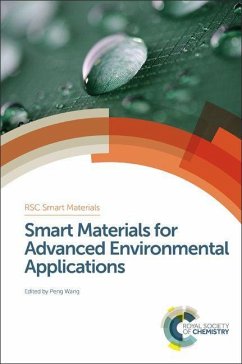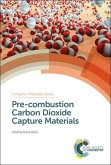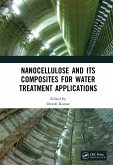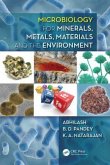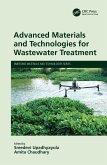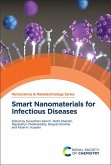The development of smart materials for environmental applications is a highly innovative and promising new approach to meet the increasing demands from society on water resources and pollution remediation. Smart materials with surfaces that can reversibly respond to stimuli from internal and external environments by changing their properties show great promise as solutions for global environmental issues. Many of these functional materials are inspired by biological systems, that use sophisticated material interfaces to display high levels of adaptability to their environment. Leading researchers present the latest information on the current and potential applications of omniphobic slippery coatings, responsive particle stabilized emulsions and self-healing surfaces among other functional materials. The book contains a section dedicated to water treatment and harvesting, describing and explaining strategies such as use of copolymer membranes and surfaces with patterned wettability. Smart Materials for Advanced Environmental Applications will provide a valuable source of information for environmental, materials, polymer and nano-scientists interested in environmental applications of functional material surfaces.

